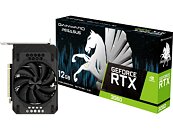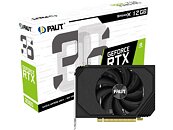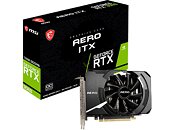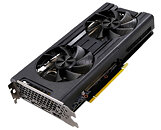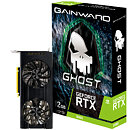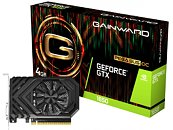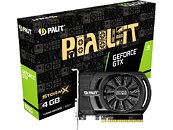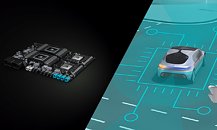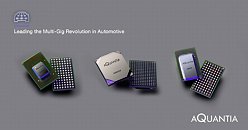Gainward Launches GeForce RTX 4060 Ghost and Pegasus Series
As the leading brand in the enthusiast graphics market, Gainward proudly presents the new GeForce RTX 4060 Ghost and Pegasus Series video cards, powered by NVIDIA's next-gen Ada Lovelace GPU architecture.
The GeForce RTX 4060 family is designed to deliver incredible performance for mainstream gamers and creators at 1080p resolution at 100 frames per second with Ray Tracing and DLSS 3. The GeForce RTX 4060 product family delivers all the advancements of the NVIDIA Ada Lovelace architecture - including DLSS 3 neural rendering, third-generation ray tracing technologies at high frame rates, and an eighth generation NVIDIA Encoder (NVENC) with AV1 encoding.
The GeForce RTX 4060 family is designed to deliver incredible performance for mainstream gamers and creators at 1080p resolution at 100 frames per second with Ray Tracing and DLSS 3. The GeForce RTX 4060 product family delivers all the advancements of the NVIDIA Ada Lovelace architecture - including DLSS 3 neural rendering, third-generation ray tracing technologies at high frame rates, and an eighth generation NVIDIA Encoder (NVENC) with AV1 encoding.











